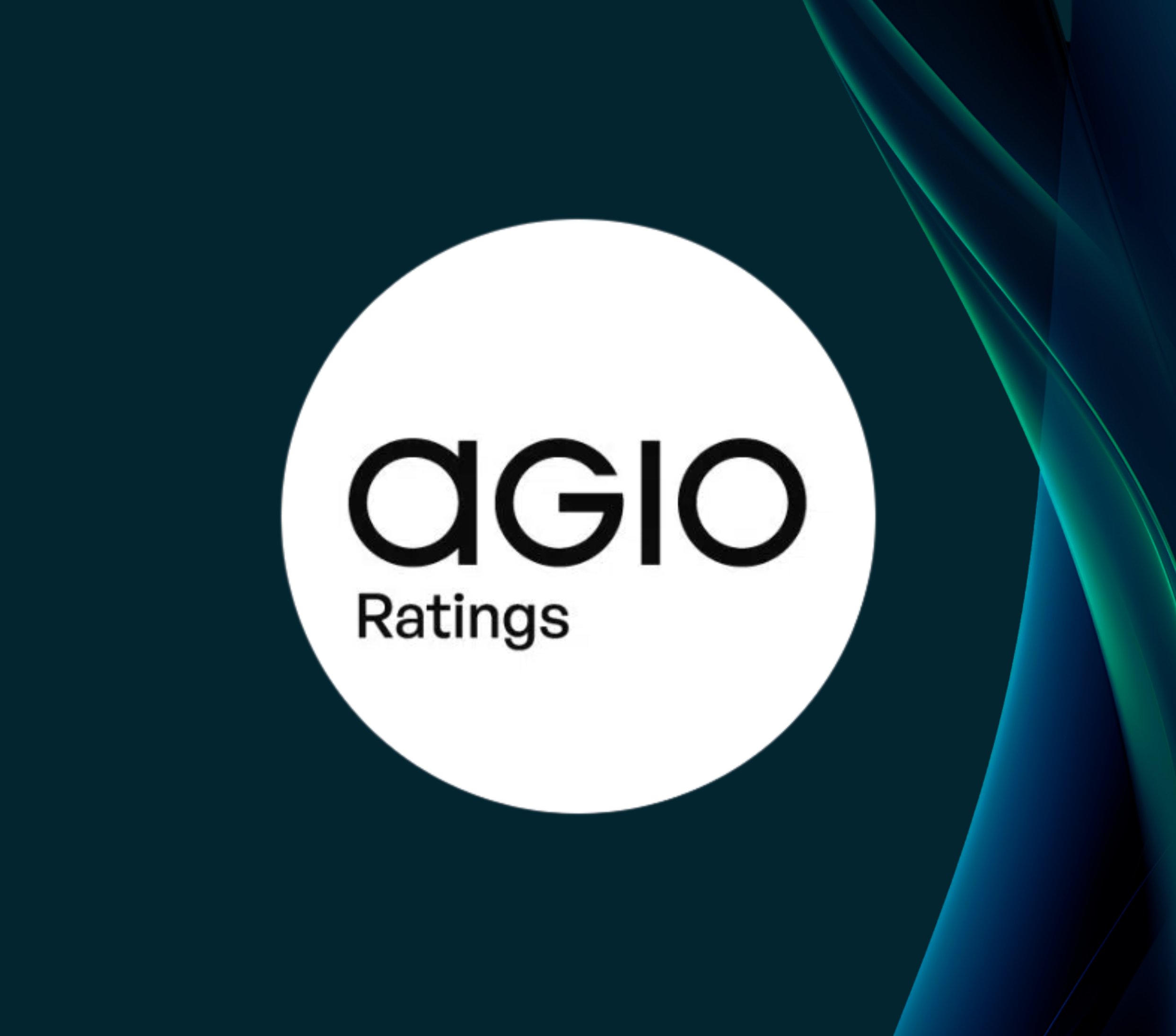
- Insights
H1 2025 Market Recap: Navigating Change, Finding Opportunity
We explore how investor behaviour is evolving across the retail and institutional markets

The first half of 2025 has been defined by global uncertainty, shifting investor sentiment, and evolving tax and policy landscapes. Despite these headwinds, both retail and institutional interest in venture capital has shown resilience—driven by the continued appeal of growth-stage opportunities, especially in areas like AI, health tech, and digital infrastructure.
In this mid-year recap, we explore how investor behaviour is evolving across the retail and institutional markets, what’s driving current sentiment, and the key themes we expect to shape the second half of the year.
Retail Market Update: Stuart Mant, Head of Business Development
Investor confidence has naturally been tempered by a turbulent macro backdrop. Political shifts in the UK and US, escalating global conflicts, and persistent inflation have made risk-free assets more appealing for some. High interest rates in the UK have only added to this cautious environment. That said, we continue to see robust appetite for Venture Capital Trusts (VCTs). As one of the last remaining tax-efficient investment vehicles available to UK retail investors, VCTs offer not only tax relief but access to high-growth, unquoted early-stage companies—an attractive proposition for long-term investors willing to look beyond the noise.
A Strong Fundraising Season
The 2024/25 VCT fundraising season wrapped up with £895m raised—making it the third highest year on record for VCT inflows. Albion successfully raised the full £80m allocation in under three months, underscoring continued investor confidence in our strategy.
We also noted a 10% year-on-year increase in inflows via financial advisers, reaffirming their vital role in guiding client portfolios through an increasingly complex tax landscape. We suspect that much of this adviser engagement has been fuelled by sweeping tax reforms, particularly around Capital Gains Tax (CGT), Inheritance Tax (IHT), and pensions. From April 2027, for example, pensions will count as part of an investor’s estate—bringing them into the scope of IHT for the first time.
Themes from the Field: Growth, Diversification & Sector Exposure
A theme that we continue to see is an increase in advisers looking to add VCTs to client portfolios not only for the tax-reliefs, but also for the exposure to early-stage companies. They’re being actively used to access innovation across fields like AI, health tech, and cyber security. Our conversations with advisers have revolved around Albion’s sector exposure and the individual portfolio companies. This is what they are interested in.
Yes, market uncertainty remains a concern. But the long-term nature of VCT investing means that short-term volatility can be weathered. Encouragingly, tech valuations are now more realistic than the highs of 2021, offering attractive entry points into some of the UK’s most dynamic private companies.
Looking Ahead: All Eyes on the Autumn Budget
The next major milestone will be the Autumn Budget. While the government has reaffirmed its support for VCT and EIS schemes, the overall tax environment remains a mixed bag. With c.50% of employees in the private sector working in companies employing under 250 people, the recent national insurance hike could dampen growth for small businesses. These companies have already had to endure the pandemic, higher inflation, interest rate hikes, and increased labour costs. Layering higher employment tax on top does not support growth. We therefore hope to see new policies emerging in the next budget which support the prioritisation of growth.
Institutional Market Update: Christina Theilgaard, Head of IR
Sentiment Shift: Liquidity Concerns Take Centre Stage
The first half of 2025 has seen a notable drop in sentiment across the European institutional venture market. Just €5.2bn was raised—a 53% drop year-on-year—putting the sector on pace for its lowest fundraising year on record. Despite modest improvements in fund performance and Europe’s relative resilience compared to the US, limited exits and muted distributions have made LPs more conservative. Pitchbook’s Q2 2025 European Venture Report shows there’s now a striking imbalance between capital deployed into startups and the funds raised by European VCs—a nearly 6:1 ratio. Liquidity concerns are front and centre.
AI Leads the Charge
One bright spot remains: artificial intelligence. In 2024, AI startups captured nearly half of global VC deal value ($209bn), and early-stage AI-native companies remain a magnet for capital. This trend continues in 2025, with LPs viewing AI as a long-term innovation driver across nearly every sector.
The Geopolitical Factor: Risk-Aware and Selective
Geopolitical uncertainty has made investors more selective and risk-aware. While core appetite for venture remains intact, LPs are increasingly favouring funds that align with European policy priorities or operate in politically stable jurisdictions.
Investment themes have also shifted. There’s rising interest in sectors tied to strategic autonomy and resilience—such as cleantech, energy independence, cybersecurity, defence tech, and deep tech aligned with EU sovereignty goals.
More Discipline, More Demands
Four key themes are dominating LP conversations:
- Selectivity: Commitments are concentrating among GPs with proven, repeatable alpha
- Co-investments: 88% of LPs are planning to allocate a portion of capital via direct co-investment strategies
- Fund governance: Fee structures and portfolio discipline are under growing scrutiny
- Focus on realised value: Exits at high paper valuations are no longer enough—LPs want true operating value and realisations
What’s Next?
Although the exit environment remains subdued, we’re seeing early signs of recovery—particularly in reshoring-driven M&A and IPO activity. Additional themes to monitor over the coming months include:
- Rising co-investment demand
- Sticky inflation and high interest rates affecting valuations and fundraising pace
- Escalating trade tensions impacting cross-border capital flows
Despite headwinds, the outlook is cautiously optimistic. A more realistic valuation environment, ample dry powder, and accelerating innovation are creating favourable conditions for long-term capital deployment. Add to that a supportive regulatory backdrop and a strong pipeline of growth-stage startups, and the next six months may offer a strategic entry window for institutional investors.
Final Thoughts
It’s clear that 2025 is a year of transition. The environment is more complex than ever—but complexity often breeds opportunity. Whether it’s retail investors seeking diversification and tax efficiency, or institutions navigating liquidity pressures and geopolitical realignments, the venture market continues to evolve—and reward those willing to take the long view.







